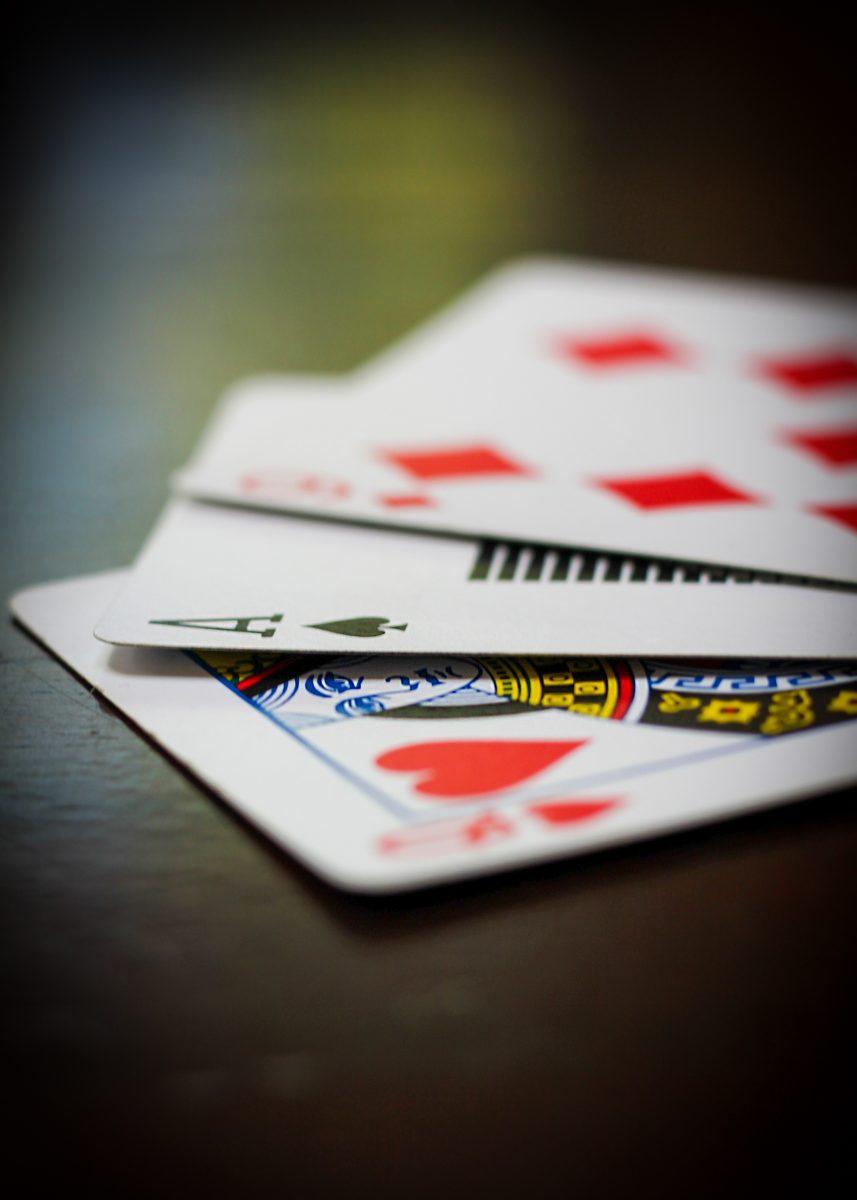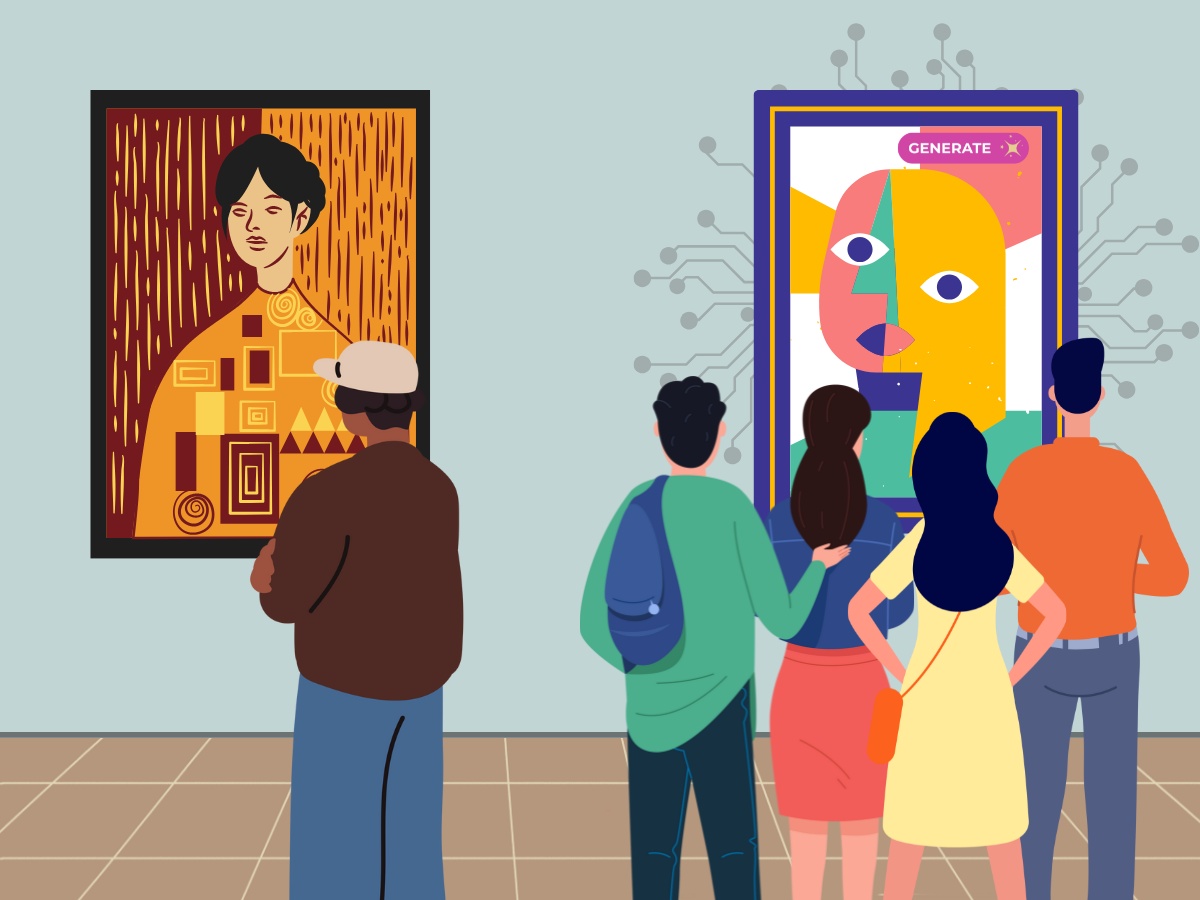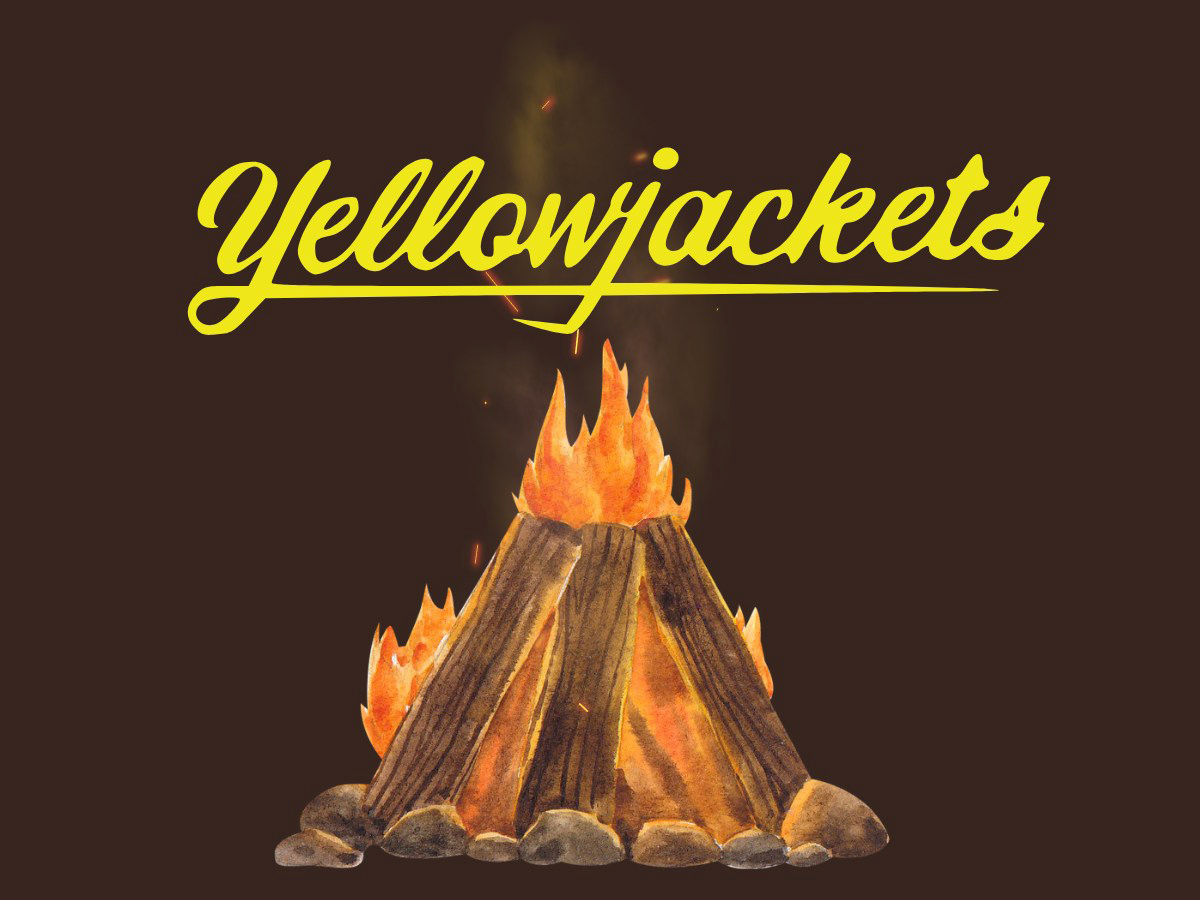Pandemic survival looked very different when the Spanish flu swept the world in the early 1900s. The average person had little understanding of how and why the disease spread, knowing only to stay in their homes and away from crowds to avoid contracting it. There was no grocery delivery, Zoom meetings, or Purell hand sanitizer. Entertainment options were quite limited, but they weren’t non-existent. Here are several household entertainment options from the early 1900s that you can be grateful you aren’t entirely dependent on today:
Spinning Tops
Popular all over the world, spinning tops are one of the oldest entertainment options on record. Ancient versions of the toy have been unearthed by archeologists, dating back as far as 6000 years ago. There are several different kinds, including the whipping top, a top spun using a long piece of string that has been wrapped around, small finger twirling tops, and competition tops used as pieces in part of a larger game. Several were even found buried in the tomb of King Tutankhamun.
Charades
Charades began in 18th century France as a game of dramatic literary riddles. It was not until the early 19th century that it became the game of visual puns we are familiar with today. However, by the beginning of WWI, acted charades had clearly surpassed literary riddles as the most popular version of the game.
Dolls
Playing with dolls is a classic pastime for young girls dating back thousands of years. Archeologists believe it to be the oldest known toy, with carved wooden dolls found in Egyptian tombs dating back as far as the 21st century BC. In the early 20th century, families with expendable income might have purchased dolls with faces made of porcelain or plastic. Girls from lower-class families were more likely to have paper dolls with changeable clothes cut from books or advertisements, or homemade rag dolls made using excess cloth.
Card Games
Card games were also popular among children and adults from all classes. Families that could not afford to purchase playing cards could craft them at home, making games such as gin rummy and solitaire widely accessible.
Building Blocks
Because of the industrialization of the early 20th century, mass-produced children’s toys became available for the first time. Construction sets sprang onto the scene in 1913 with the introduction of the Erector Set and Tinkertoys. Lincoln Logs were invented shortly after that, in 1918. Construction sets, which teach a wide variety of essential skills including spatial reasoning, cognitive flexibility, and small motor coordination, continue to be a popular choice with both children and parents today.
Board Games
Board games also became more widely available during this time. Most were designed to educate, such as The Checkered Game of Life, a morality game that was the basis for Life, and The Landlord’s Game, an early version of Monopoly that sought to teach Georgist economic ideology.
Should you begin to find yourself growing bored of staying at home, imagine how much more awful it must have been during the Spanish flu, with no Netflix or Nintendo. Now buck up, settle in, and binge Tiger King for a third time – you know you want to.







